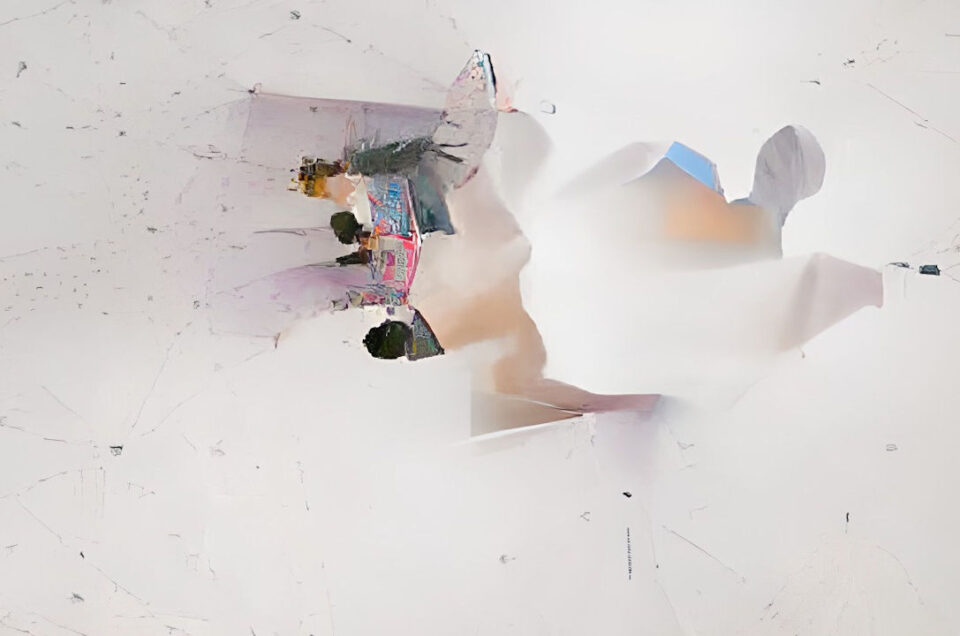Viveka talks – exercise 8
Remember: this article/chapter is tokenized, and you may buy it as “writer’s NFT!”
Points to consider
Chapter 8. brings the continuation and the final point of the “Who you?”story. The westerner asks how to know who he is, and the swami tells him that “how” is not the right question. He illustrates his teaching with two things: first, he lets the handkerchief drop to the floor (there is no “how” in this, just “let go”); and second, he leaves the room (which is a symbol of the final advaita answer: there is nothing to know, nothing behind the seemingly important question of “who we are”).
A quote from Chapter 8:
The assumption behind the „how“ question is that you have to cross some path from here to there or from now to then. It is a wrong assumption because you already are who you are. You don’t want to become someone else, do you? You don’t want to change anything in you, improve it, or upgrade it. You just want to know who you are.
The identification process (with the worst or the best of our qualities) creates a false sense of “I-ness”. That sense is nothing but the false, flickery reflections of who you really are. The real Self, an atman, as Vivekachudmani calls it, is not created nor revealed by those identifications. It is covered or hidden by them.
Also, the real Self will not be changed when the identification changes. It is untouched by anything that is happening in the field of illusion.
Remember:
The very sense of „I-ness“ comes into being when something is happening in consciousness. So, the „false you“results from the identification process, not the actor itself! The false self is a harmless, incompetent parasite stealing the show of life.
***
So, what to do (or NOT do)?
The advice to find the answer by letting go is, well, intriguing but hard to accept. Does that mean we should stop asking? Stop doing anything?
The existence of texts like Vivekachudamani, and the fact that despite the delicacy, paradoxes, misunderstanding, and all the history behind us, people are still asking themselves the same question, tells us that the problem will not disappear by itself. Letting go is not an option if that means stopping asking and searching.
We are doing something or are exposed to some processes which we have to „let go“ or stop them. If we turn our backs on that and return to our everyday life, that would not mean we are letting go. Doing nothing, changing nothing, is not letting go. Quite the contrary, we would continue to do the same thing over and over again.
It is quite evident what Vivekachudamani wants us to do. We should develop the discerning ability – a viveka – so that we can be able to see what is wrong. At the present moment, we don’t see it. Most of the things happening in our manomayakosha are on auto-pilot. It’s all a blur.
That must change. Once we change it, we’ll be able to notice the wrongful activity leading to the creation of an illusion. Then, and only then, we can let it go. Left to itself, without the support of our mind, the illusion will fall on the ground like a dropped handkerchief. After that, we will be free to turn around and leave the room.
Questions for thinking
- Take one identification, for example, „I am a writer.“ Does that mean that the Self (atman) identified itself with being a writer?
- Is the sentence: „I am identifying myself with being a writer“ correct, and if not, why?
- Why is the question “how to find out who I am” a wrong question leading nowhere?
- Give one example in which you see that a piece of advice from modern spirituality strengthens the identification process thus feeding the illusion?
It is your turn now. Write your thoughts, comments, or questions.










Leave a reply